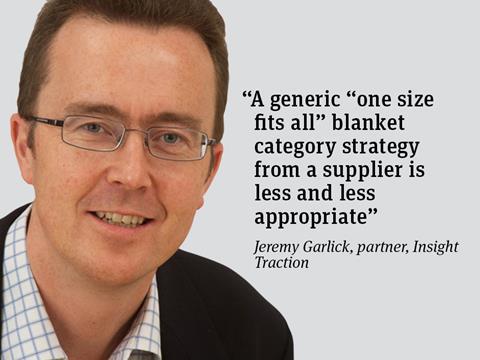
Most in our industry would agree that, in theory, a good category strategy is of real value. By this, I mean a clear point of view on how a category can be grown that identifies a few key drivers, and priority actions for each. But with most companies now having category strategies, and many of them looking similar, they can sometimes fail to get traction with key stakeholders.
So how can you get to a strategy that charts the right way forward but also gets heard and remembered by the people you need on board? Here are four things to think about.
First, be crystal clear about role. What role is the category playing for the retailer? Is it like fruit & veg, which plays a role in store choice, or like sweet biscuits, which is about driving sales and profit? What role is the category playing for the supplier or brand? Is it seeking to lead or is it happy to hold share and drive profit? And what role is the category playing for the shopper? Is it a category like cosmetics, where the shopper may be happy to browse and take in new information, or more like tinned food, where the shopper just needs to find what they want and move on?
Second, be retailer specific. As retailers become increasingly thoughtful and clear about their strategies, driven by increasing competition, so a generic ‘one-size-fits-all’ blanket strategy is less and less appropriate. Suppliers need to understand what each retailer is thinking at a corporate and department level, and work out the main ways for the category to grow, within that framework. So, suppliers - take care before suggesting Tesco radically expands its range, and don’t suggest that Sainsbury’s focuses on multibuys. The strategy for growing the category in Asda may differ significantly to the strategy for Morrisons. This doesn’t mean a supplier needs lots of fundamentally different category strategies, but it does mean they need to spend time on a degree of customisation.
Thirdly, focus a lot of effort beyond what you say to how you say it. Senior managers and buyers are seeing similar presentations all day, every day. So think hard about how to stand out. Rich and unexpected language helps. Saying less helps - identify two or three key points to land above all else and cut away the rest. Good and memorable visuals help - arresting images directly linked to your big ideas.
Finally, be grounded but optimistic. For many retailers, growth is hard to come by. You need to accept that truth. But if you don’t believe in your category, then who will? There’s a real art to finding the right balance - be ambitious enough to excite, but not so ambitious as to appear naïve.
Jeremy Garlick is a partner of Insight Traction








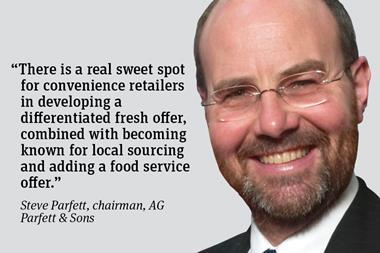

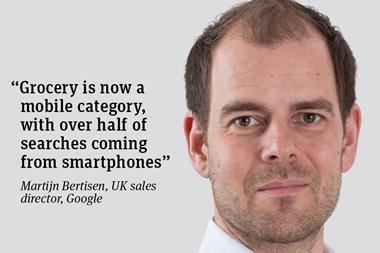
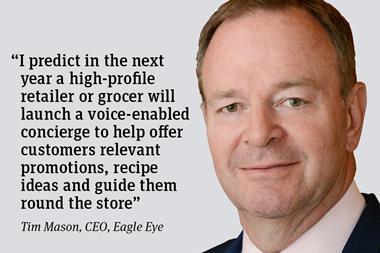
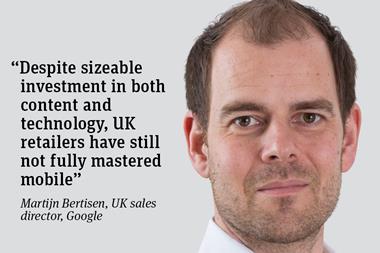


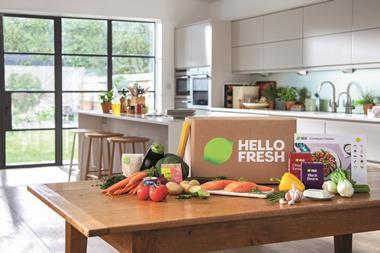



No comments yet